I’ve got a great way to make use of leftover paint for artists…and it’s something I wish I’d begun doing years ago.
At the end of a session, when it’s time to clean and prep my palette for the next session, I often have leftover pigments that might dry unusably by the time I next get back to work. I’m not one to put fresh paint over dry on my palette; though many painters do this. Instead, I take the palette down to a clean working surface by removing piles of unused paint with a palette knife and then rubbing the entire surface with a rag and a bit of solvent. This creates a slight and sympathetic gray (over time) that I enjoy working on. After that I might rub on a bit of linseed oil if the palette has been left unused for a couple days, and that’s how I like to prepare my palette for the next round.
But in the past I simply (and sadly) wrote off the paint I was removing with the knife…until I realized this was a lost opportunity. I saw that I could use this paint to to create a record of informal experiments.
There are some elementary principles to applying oil paint…you can’t just pile it on randomly and expect it to remain stable over time without considering such things as the oil content of layers, the adhesion of the paint, or whether a light can go over a dark without cracking or showing through later.
Most all of what I’ve learned about artist’s pigments and mediums comes from two sources …what I’ve been told and what I’ve read. And I’m admittedly careful and conservative in my use/application of oil paint for the long term benefit of my paintings. I generally paint with either straight paint from the tube or with the most basic of two and three parts oil mediums (linseed and turpentine, for example).
But I’ve seen techniques in paintings by artists of the past that I’d like to try…glazes over palette-knife impasto, for instance. I’ve seen some beautiful effects achieved this way more than once. Or the black glaze rubbed in over some of the landscapes of painters in the 19th century, something that I’ve read about but haven’t actually seen yet. How about drying times of pigments, or what varnishing prematurely can do? I’ve used a lead priming from a recipe offered in an old book by Frederic Taubes…how does it dry and adhere?
The Big, Smart Idea
So, I have an 18 x 24″ cradled wooden panel primed with two coats of Gamblin’s white oil primer that receives all the ideas I can throw at it using my leftover paint. Impastos, glazes, mixtures,…all are noted and dated with a black sharpie, because “long term effects” are a big concern. I’m not inventing anything, but trying things already out there in the cloud of responsible knowledge in order to learn for myself what’s what.
It’s been about two years now, and it’s really nice to be able to draw my own conclusions from my own personal experience. There are some nice possibilities for extending the range of what I know how to do. And I throw away much less nice paint.
I wish I’d started ten years ago.

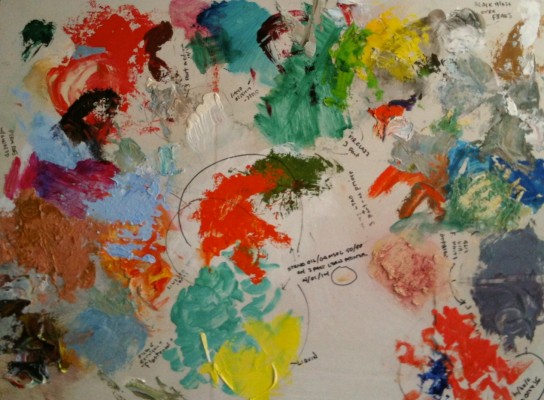
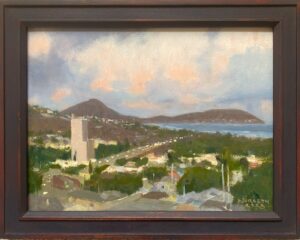
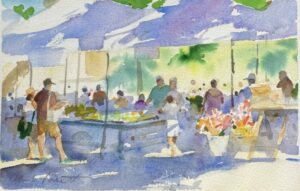
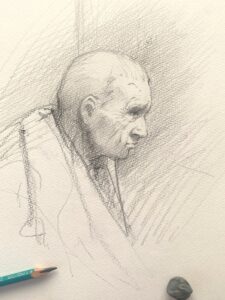
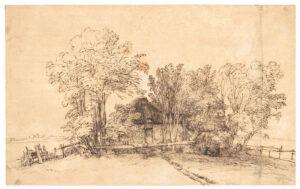
No comment yet, add your voice below!